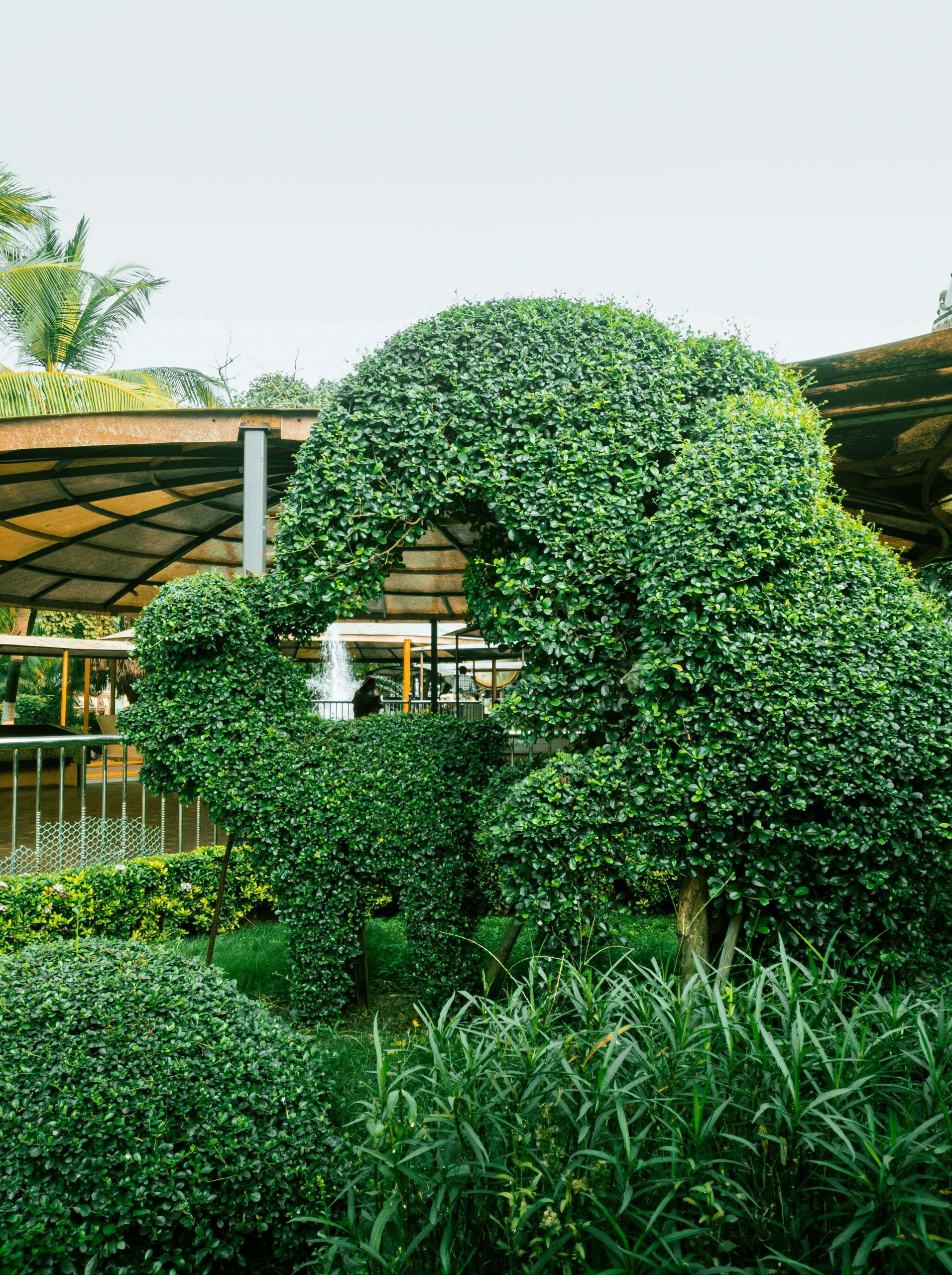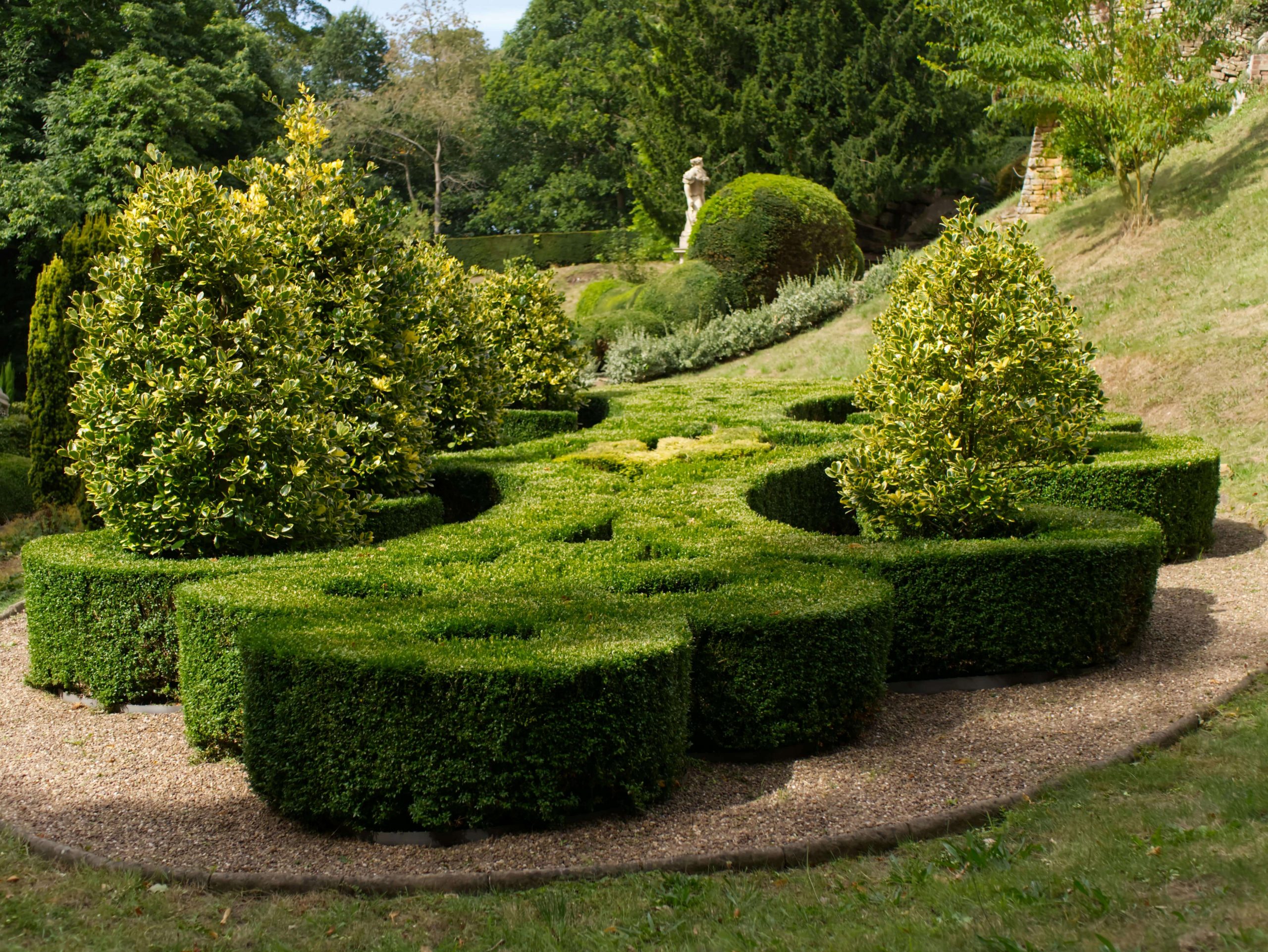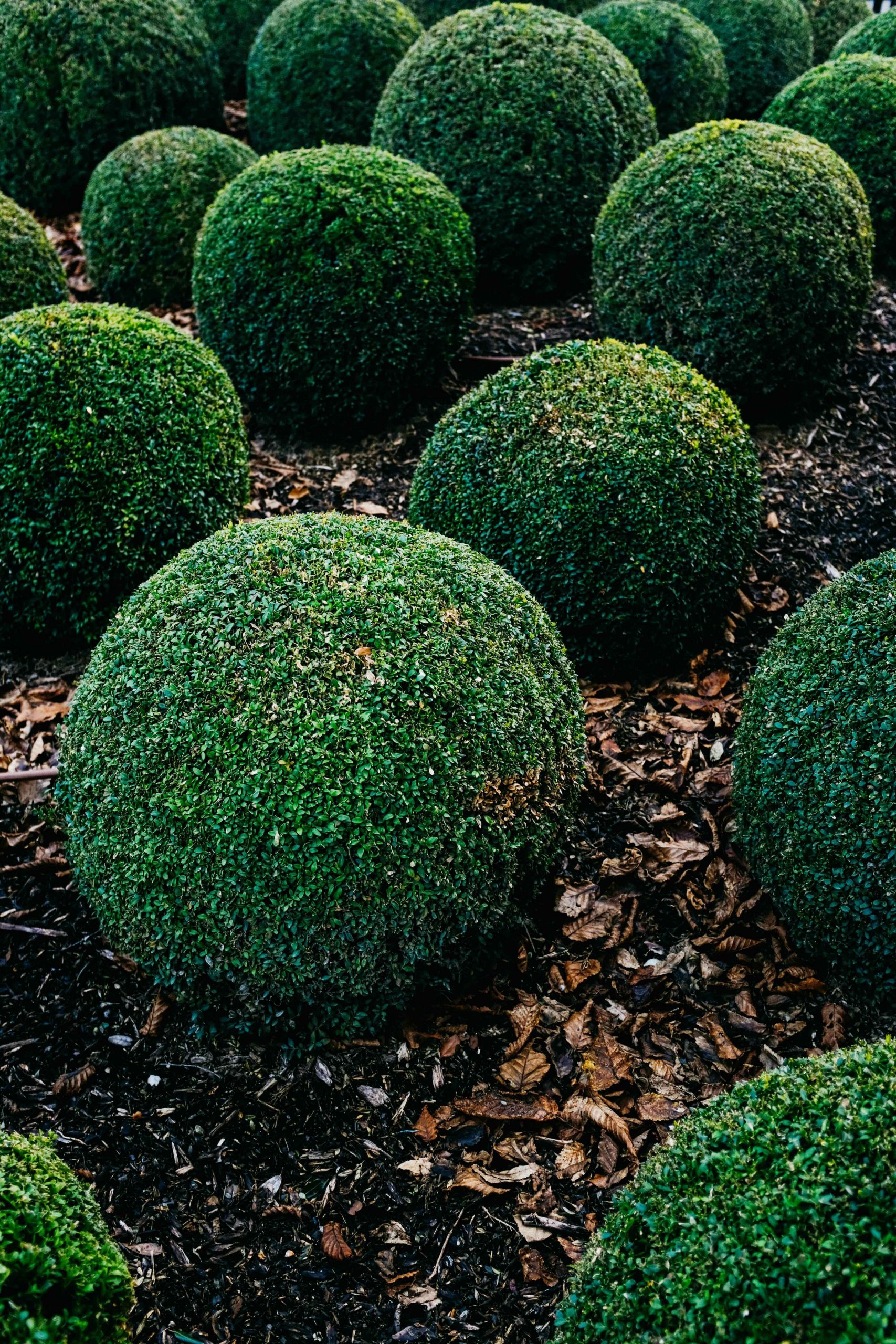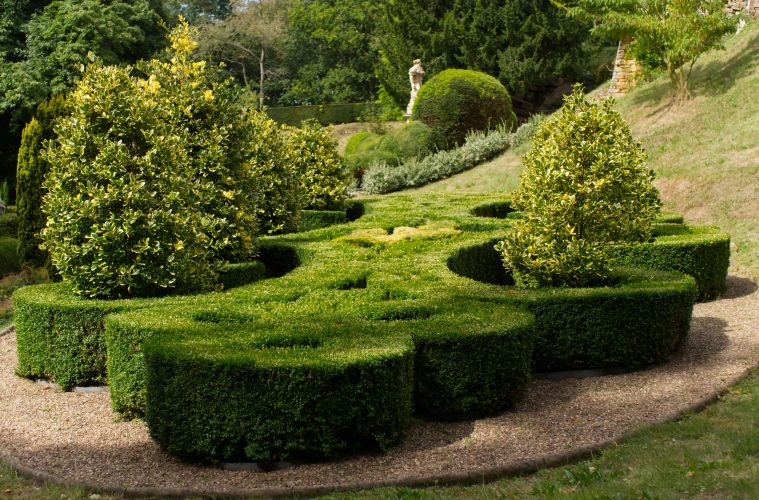Hedges have been a part of gardening for centuries, and their designs have been modernised while maintaining their authentic styles. Hedge plants serve a purpose in your garden or yard, forming an integral part of the garden’s backbone structure.

Image Credit: Pexels
What are hedge plants?
They are boundary plants made up of a line of thick, evergreen woody bushes. Most of these woody bushes don’t die down in winter, maintaining the aesthetics of hedge plants. Homeowners will plant these hedge plants with a specific purpose as they can define the boundary between two neighbours, provide a screening for privacy, provide shelter for crops or shade for softer plants.
Hedge plants are more popular in the countryside as they are used to prevent animals like cattle from escaping. A few garden homes will have them for their aesthetics, as they make a garden look luxurious.

Image Credit: Pexels
Common types of shrubs used as hedge plants
Choosing the right hedge plant is vital, whether you want a grand landscape garden or some more privacy. You can choose different types of shrub plants, ones that will ensure they block even the strongest winds. Common shrubs to choose as hedge plants include:
- Viburnums: These evergreen shrubs with dense, glossy green leaves with scented white flowers are popular for hedge plants. They are very hardy and can easily grow in sunny places.
- Murraya: If taller hedge plants are what you are after, then the murraya is the way to go. Since they can grow tall, they are great as a privacy screen. They are easily spotted with their dense, twiggy foliage that is glossy green with creamy white flowers when in bloom.
- Lilly Pilly: Native to Australia, is an evergreen rainforest plant with glossy green leaves. It comes in various varieties that can produce colourful new growth, making it an ideal choice for a hedge plant in your yard.
Most of these hedge plants are easily maintained, making them less fussy. They can withstand the most hectic temperatures and will do so while protecting your yard.

Image Credit: Pexels
To ensure that your hedges are kept in tip-top condition and are healthy, you’ll need to trim and prune them regularly. Fast-growing hedge plants will require regular maintenance.
ALSO SEE: BENEFITS OF HANGING EUCALYPTUS IN THE BATHROOM
Feature Image: Pexels

